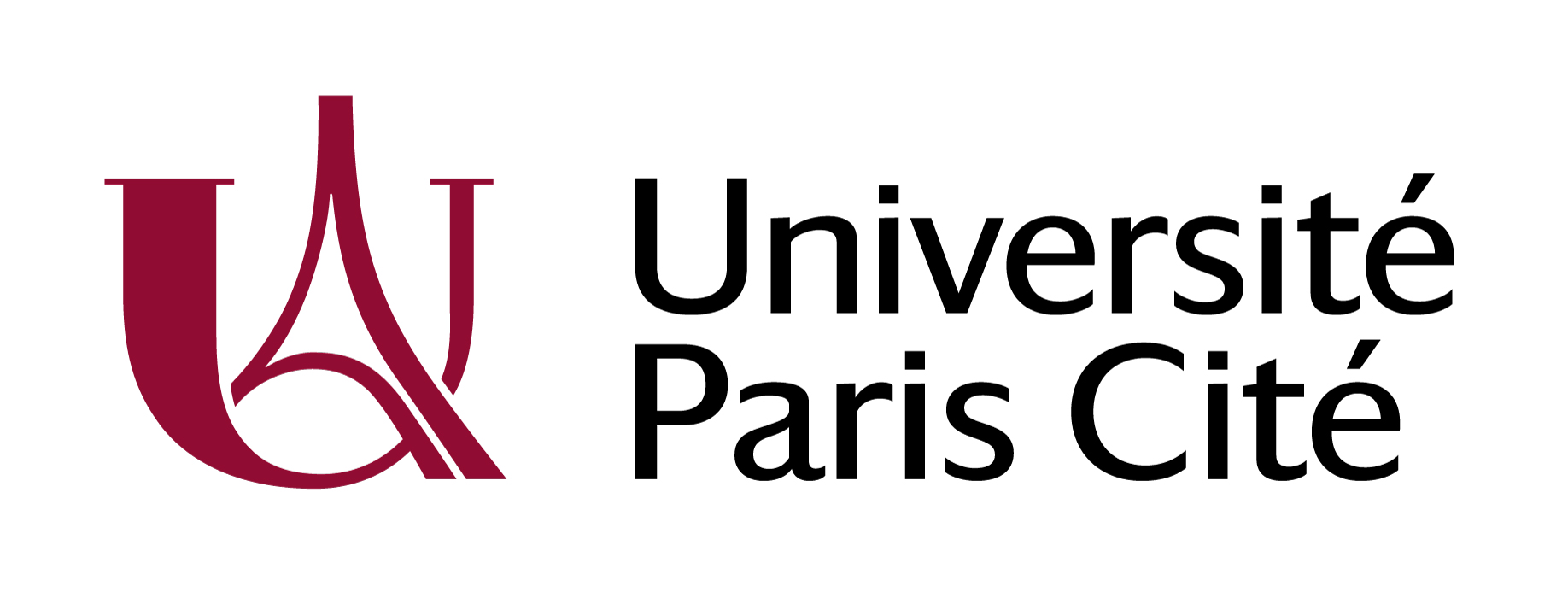What is the reliability of non-trained investigators in recognising structural MRI lesions of sacroiliac joints in patients with recent inflammatory back pain? Results of the DESIR cohort
Résumé
Objective The objective of this study was to evaluate the reliability of recognising structural lesions on MRI (erosions, fatty lesions, ankylosis) of the sacroiliac joints (MRI-SIJ) in clinical practice compared to a central reading in patients with a possible recent axial spondyloarthritis (axSpA). Methods Patients aged 18–50 years, with recent (<3 years) and chronic (≥3 months) inflammatory back pain, suggestive of axSpA were included in the DEvenir des Spondyloarthrites Indifférenciées Récentes (DESIR) cohort. MRI-SIJ structural lesions were scored by non-trained local readers, and by two trained central readers. Local readers scored each SIJ as normal, doubtful or definite lesions. Central readers scored separately each type of lesion. The central reading (mean of the two central readers’ scores) was the external standard. Agreement (κ) was calculated first between local (3 definitions of a positive MRI-SIJ) and central readings (9 definitions), and then between the two central readers. Results 664/708 patients with complete available images were included. Agreements between local and central readings were overall ‘fair’, except when considering at least 2 or 3 fatty lesions and at least 3 erosions and/or fatty lesions where agreement was ‘moderate’. Agreement between central readers was similar. MRI-SIJ was positive for 52.6% of patients according to central reading (at least 1 structural lesion) and for 35.4% of patients according to local reading (at least unilateral ‘doubtful‘ or ‘definite’ structural lesions). Conclusions Agreement on a positive structural MRI-SIJ was fair to moderate between local and central readings, as well as between central readers. The reliability improved when fatty lesions were considered. Trial registration number NCTO 164 8907.
NCTO 164 8907.
